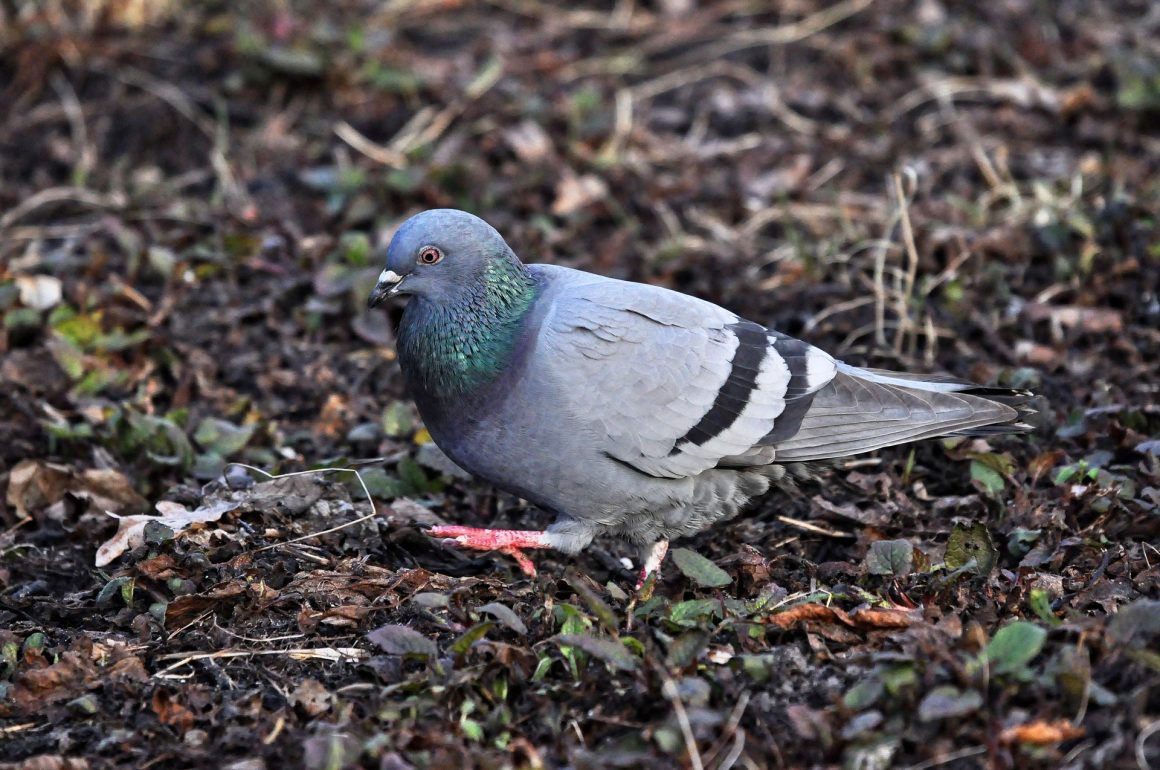
I’ve never read a book like We Should All Be Birds. That’s saying a lot, because I read a lot – to the tune of 50+ books a year, including reviews. But Brian Buckbee’s story of his mystery, debilitating illness and the joy and solace he found in backyard birds is unique, one that reminds us all to appreciate life in all its forms.
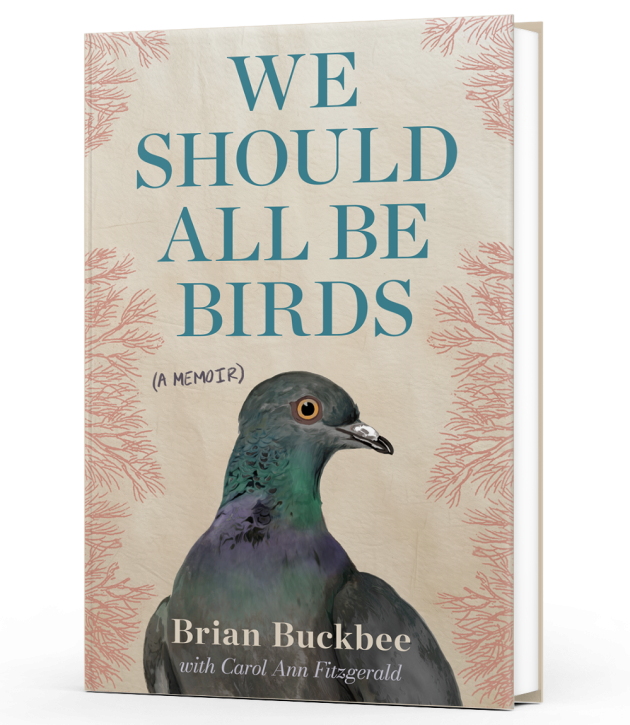
At its heart, this is a book about grief. Grief over love lost, grief in lifestyle lost, grief in recognizing a different future than the one you envisioned for yourself. Buckbee writes eloquently and heartbreakingly about his sudden nosedive into constant pain, weakness, and fatigue – consequences of Myalgic Encephalomyelitis/Chronic Fatigue Syndrome. In his misery, which includes a near-constant migraine, he rescues an injured pigeon. Naming his new friend Two-Step, Buckbee steadily nurses the bird back to health, slowly adopting more injured birds before releasing them back into his yard in Missoula, Montana. Many birders and wildlife managers loathe pigeons, but Buckbee treats them with curiosity, empathy, and love, reminding readers that all life is precious.
I am usually a voracious reader, but moved slowly through We Should All Be Birds, pausing for reflection. The story shifts in time between his current life navigating his illness, and the “before times” when he travelled and he experienced the world without constant pain. As I read, it felt like Buckbee talks right to me. Which, in a way, he does: His pain is so bad that he can barely read on computer screens, so he dictates the entire book, which is then edited by Carol Ann Fitzgerald. Before reading this, I will admit I barely looked at pigeons other than noting their silhouettes as they flew over the highway, but his words reminded me of their impressive adaptability, their lovely color combinations, and their dedication to their partners and chicks.
I recommend this book to birders, nature lovers, and the generally curious and empathetic. I promise you’ll walk away with a new perspective on life in our big, chaotic world.






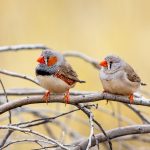
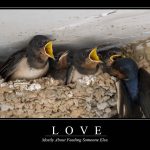

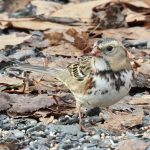
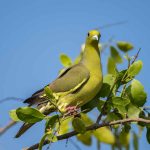

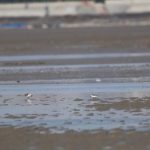
First of all, Erika, I am deeply admiring of your ability to read 50+ books per year. Oh, I would be so happy if I could do the same. It’s a gift.
I was one of those who never paid a bit of attention to pigeons. As I was reading your review, I was thinking that there probably are not many pigeons in Missoula but, true enough, they’re everywhere. In the May 12th and 19th edition of The New Yorker, there is a lovely article titled “Pigeon Toes: The hazardous, barefoot lives of urban birds” by Ian Frazier (page 28), that discusses the kinds of things that happen to pigeons as they are walk on urban-style terrain all day, and the groups who help rehabilitate them. You may have already read it! For other readers, this magazine can be borrowed from your local library. (The on-line title is different).
Until now, I had never heard of this book and, on the basis of your review, I am definitely going to read it. I love memoirs and this sounds like a good one.
A final anecdote: I have a friend who says she really loves pigeons and feels sorry for them because, as she reminds us, they are domesticated birds. Those we see in the streets and parks are out there just finding their way on their own. I hadn’t thought of this before, but that’s right, when we consider how pigeons came to be here. I’ve come to adopt her point of view. Thanks for bringing this book to our attention.
Cathy, I am glad the invisible world is becoming visible to you…you are seeing pigeons! Be careful…it is a slippery slope. Soon you will have a few flying around your domicile (and you will realize you have never been more happy). If you read the book, I hope you liked it.